It is no secret, consumption is at an all-time high, with everything and everyone at our fingertips. In this digital age, it has become easier for consumers to discover, purchase and review products that would have been inaccessible 10 years ago. With this has come the newest development in the idea of what, and who, an influencer is.
Contrary to popular belief, the concept of an influencer is nothing new, it has just become more attainable as the barrier of entry has completely disappeared with the mass popularity of social media. An influencer is “a person or thing that has an affect on somebody/something”, which can either be positive or negative. It was not until recently that this position included the use of social media. Now, anyone with a camera and a public profile can have an influence over the people who follow them. It is easier than ever before to share your opinion, create content, and maybe even, go viral.
Influencer marketing has taken the digital advertising industry by storm with nearly 70% of organizations planning to increase their use of the tactic in 2020. Business Insider analysts estimate that the influencer industry will be worth a whopping $15 billion by the end of 2022.
The History of Influencers
The history of influencer marketing can be tracked all the way back to the early 1700’s when the most influential people of society were the monarchy and the Pope. Recognizing this, after potter Josiah Wedgwood (grandfather of evolution theorist Charles Darwin) made a china set for Queen Charlotte, he began to publicize himself as “potter to her majesty.” This was critical for catapulting Wedgwood fine china to luxury status, which it still maintains today making Josiah a founder of modern marketing.
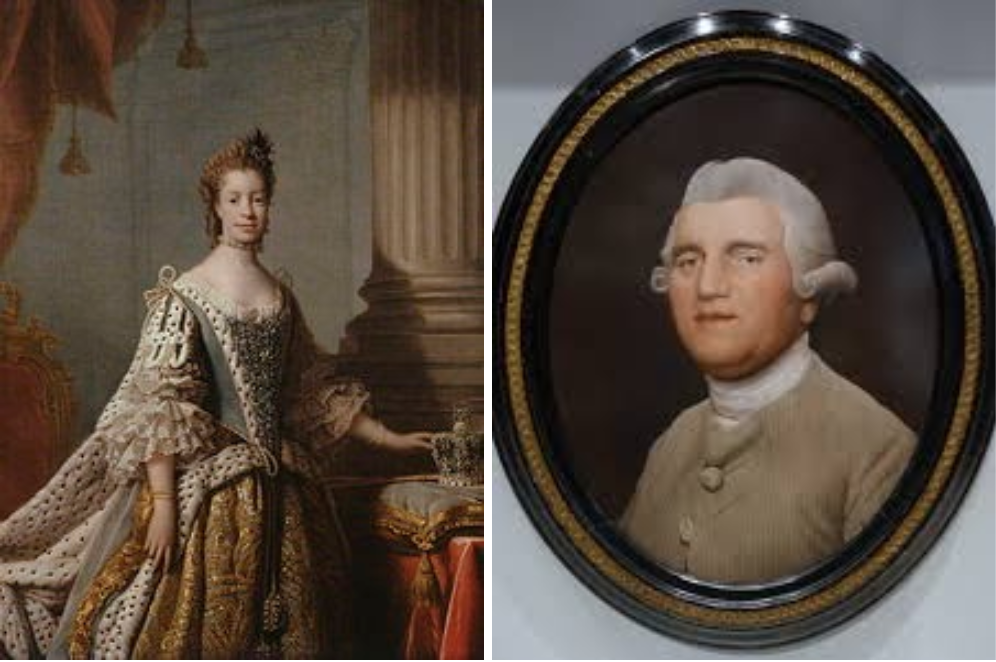
The next phase of influencer marketing can be seen in the rise of brand mascots/personalities that occurred throughout the 1900’s, starting with world renowned Aunt Jemima in 1890.

Throughout the years, a number of other familiar faces surfaced, including Michelin Man (1894), Mr. Peanut (1916), The Jolly Green Giant (1928), Marlboro Man (1950), Tony the Tiger (1952), Pillsbury Doughboy (1965), and many more.
Check out the awesome evolution of some of these beloved characters.
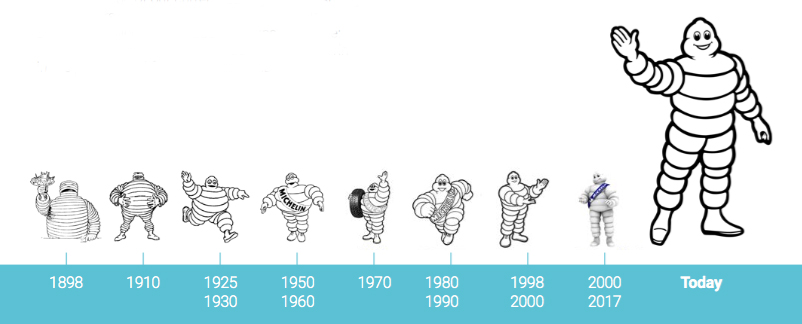

It was not until mid-1980 when we saw the take-off of celebrity endorsements and sponsorships. Potentially the most notable came from the two legendary MJ’s, Michael Jordan and Michael Jackson. Nike and Pepsi capitalized on their star power with record-breaking commercials and collaborations.
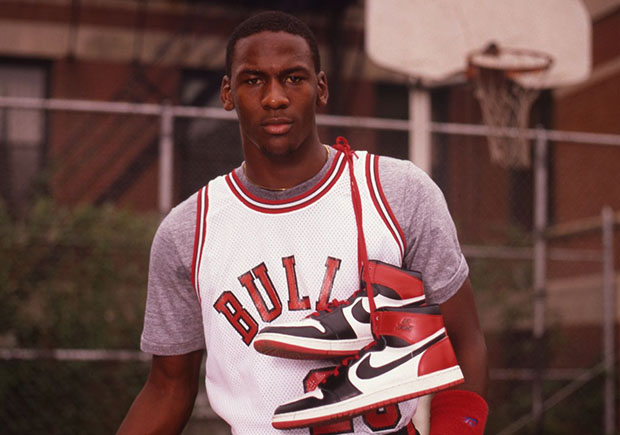
Nike’s Air Jordans are arguably one of the most iconic sneakers of all time. To this day, Michael Jordan still earns $100 million a year from the sales of Air Jordan shoes, sales of which continue to increase 17% per year. On its release, the controversial shoe was banned by the NBA for being too colourful, as at the time in1984, basketball shoes were white. Nike paid the $5,000 fine Jordan incurred for wearing the sneakers, and the resulting media coverage caused the shoes to consistently sell out.
In total, Michael Jackson did three commercials for the soft drink Pepsi, including one version in Spanish. The campaign was a huge success for the brand, resulting in over $7.7 billion in annual sales as well as an increase in market share over their biggest competitor, Coca-Cola. To this day, Pepsi still utilizes the strategy of sponsoring and featuring musicians in their campaigns.
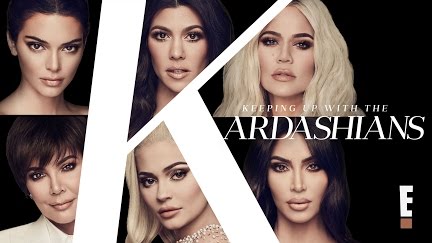
The early 2000’s brought us reality TV and with it more “relatable” celebrities and overnight stars. Shows like “The Simple Life”, “The Jersey Shore”, “Keeping Up With The Kardashians”, “The Bachelor” and many more brought new faces and larger than life personalities. With the rise of social media, this era of influencer marketing evolved into what we are more familiar with today.
Dawn of a New Era
Today, influencers are not limited to TV personalities and traditional celebrities with the new wave of social media influencers dominating the space over the past five years. Instagram, YouTube and TikTok are key networks for any brand looking to leverage the influencer strategy. Here are some of the top earning influencers on each platform;
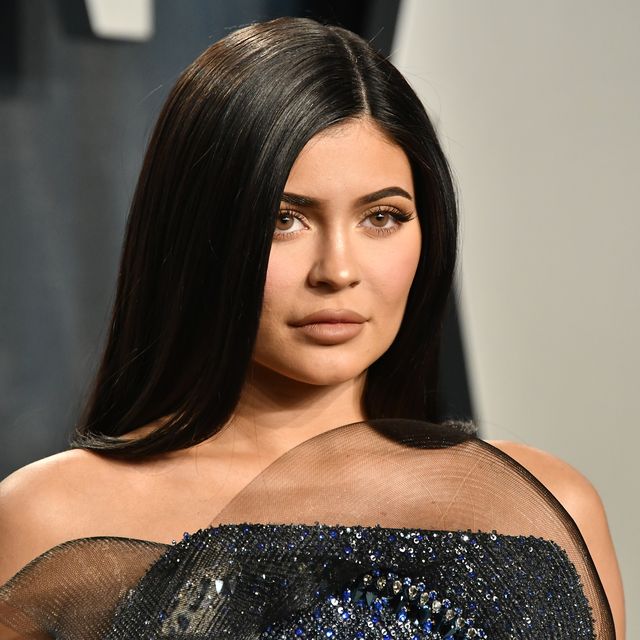 |
Kylie Jenner
Followers: 175M Average Price/Post: $1.26M |
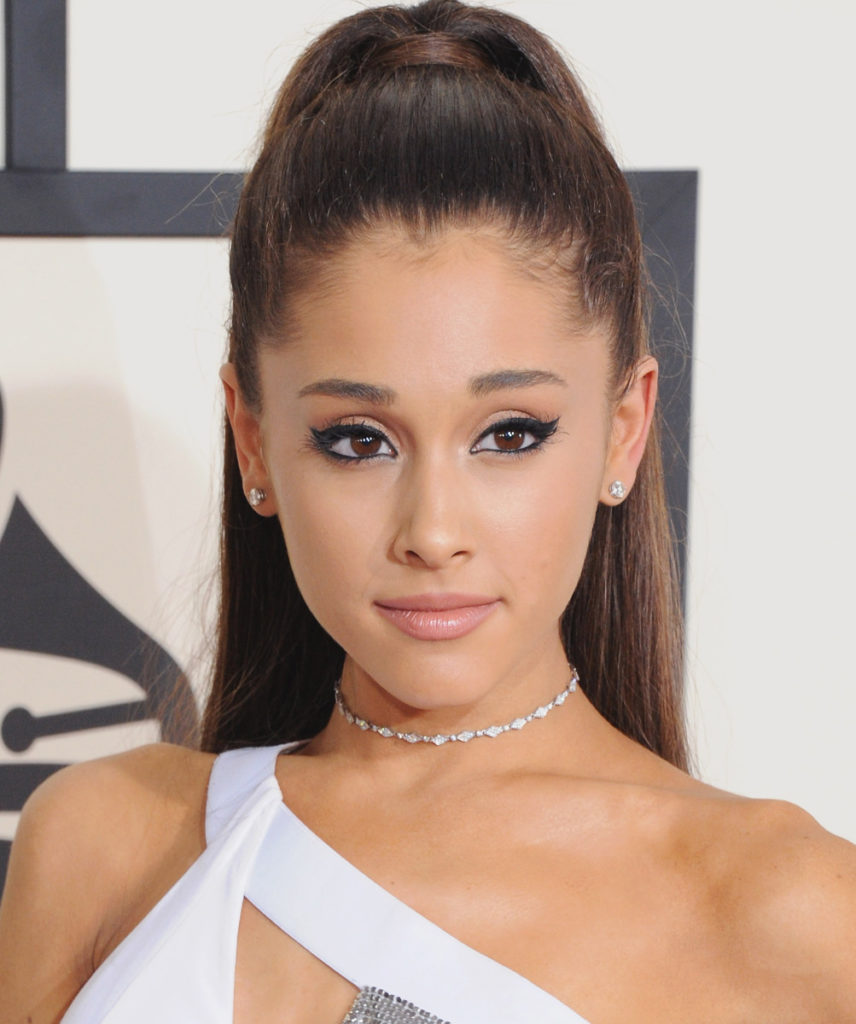 |
Ariana Grande
Followers: 185M Average Price/Post: $0.99M |
 |
Christiano Ranaldo
Followers: 218M Average Price/Post: $0.97M |
 |
Kim Kardashian West
Followers: 170M Average Price/Post: $0.91M |
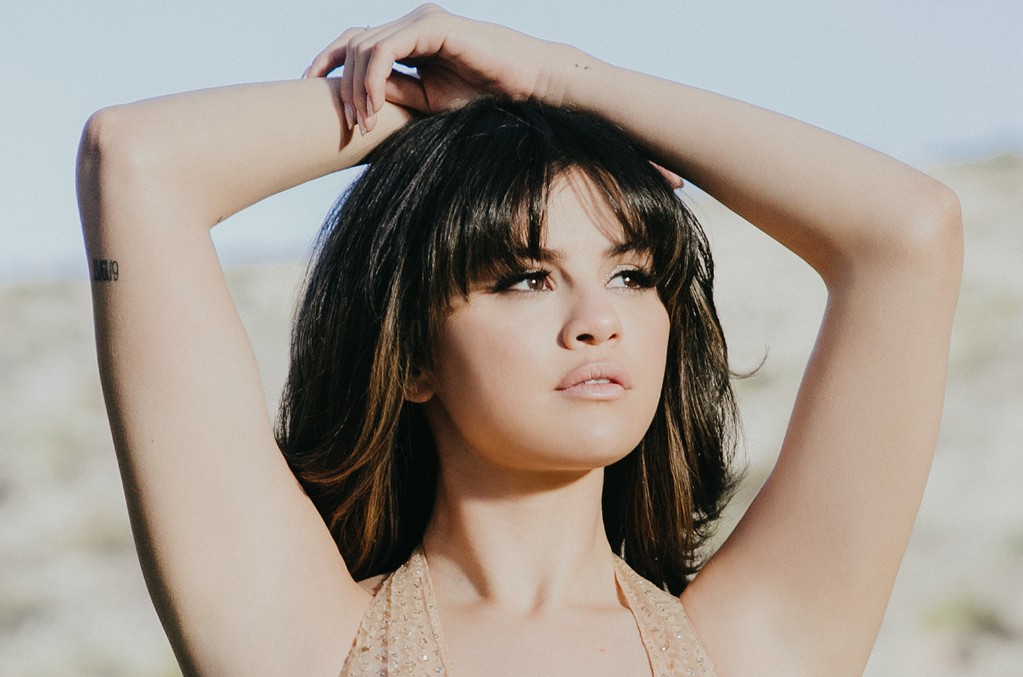 |
Selena Gomez
Followers: 176M Average Price/Post: $0.88M |
YouTube
 |
Ryan Kaji
Channel Name: Ryan’s World # of Subscribers: 25.2M Revenue from YouTube in 2019: $26M |
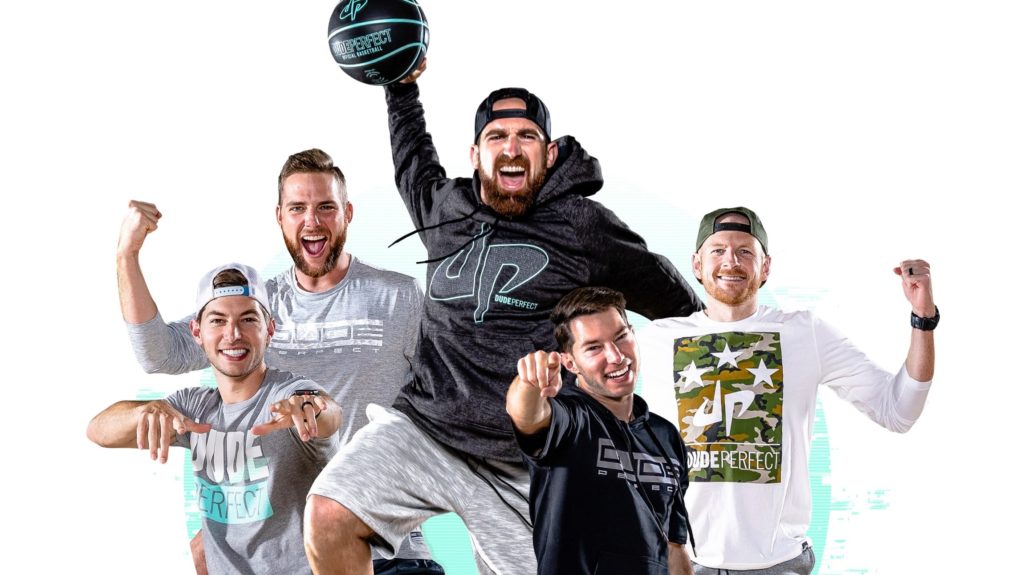 |
“Dude Perfect”
Channel Name: Dude Perfect # of Subscribers: 51.3M Revenue from YouTube in 2019: $20M |
 |
Anastasia Radzinskaya
Channel Name: Like Nastya # of Subscribers: 55.5M Revenue from YouTube in 2019: $18M |
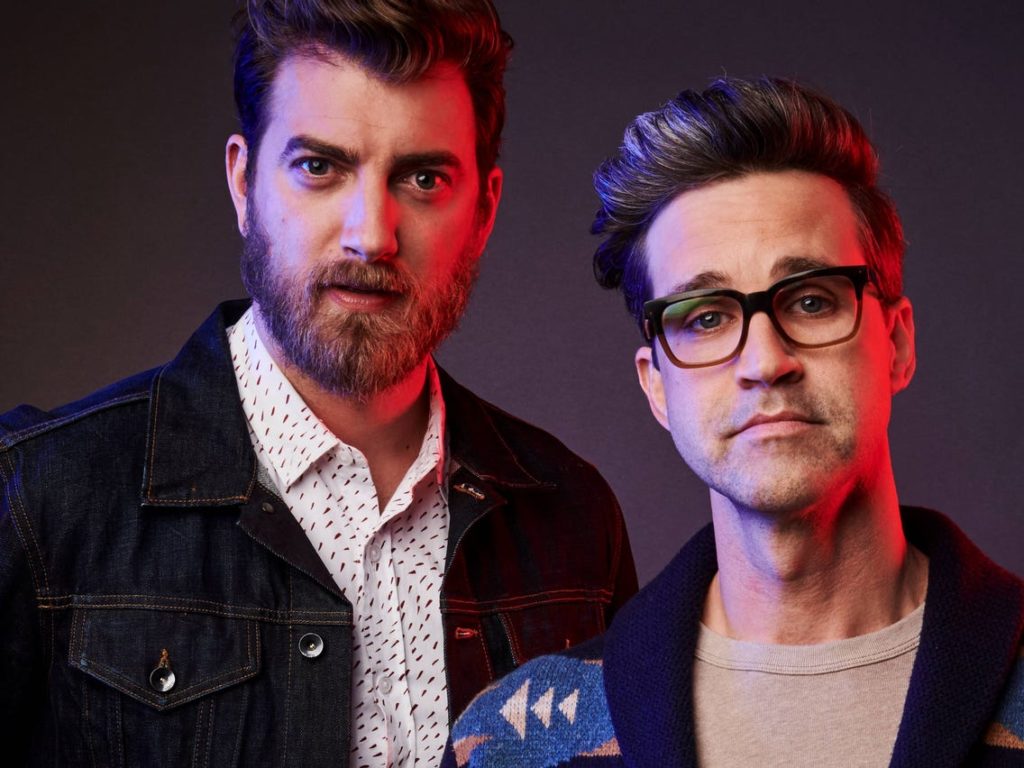 |
Rhett and Link
Channel Name: Rhett & Link # of Subscribers: 4.92M Revenue from YouTube in 2019: $17.5M |
 |
Jeffree Star
Channel Name: Jeffree Star # of Subscribers: 18.2M Revenue from YouTube in 2019: $17M |
TikTok
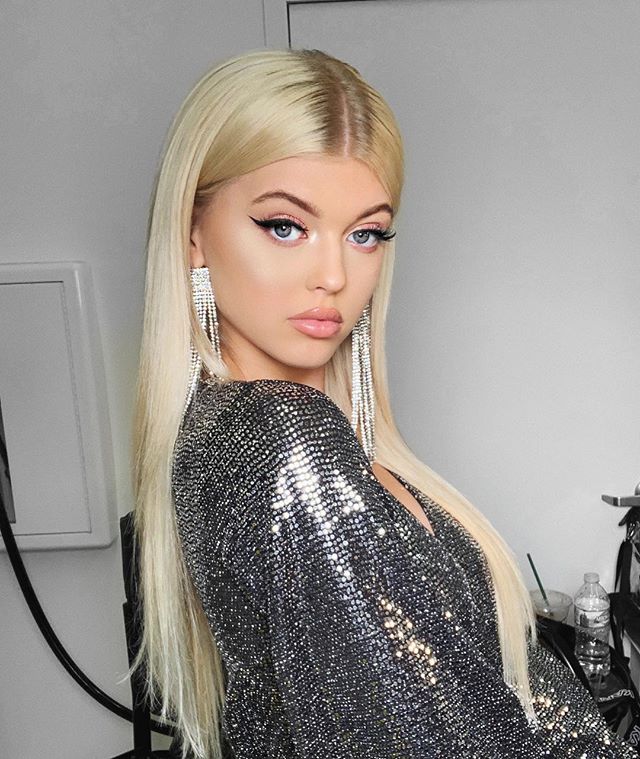 |
Loren Gray
Followers: Price/Post: $175,000 |
 |
Baby Ariel
Followers: Price/Post: $150,000 |
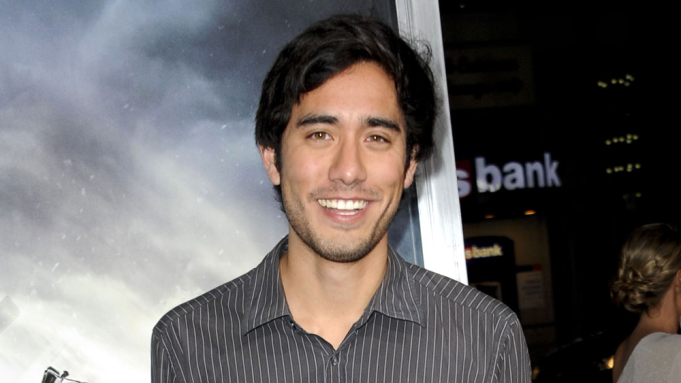 |
Zach King
Followers: Price/Post: $135,000 |
 |
Riyaz Aly
Followers: Price/Post: $125,000 |
 |
Kristen Hancher
Followers: Price/Post: $115,000 |
Another social media network to find influencers, particularly focused on video game content, is Twitch. Learn more about the platform in our recent blog.
Choosing an Influencer
There are a couple of ways to categorize different social media influencers. The most common way is through their focus/specialization/topic. To explain, there are broad “categories” of influencers ranging from beauty to gaming. Some of these categories include DIY, fitness, fashion, art, gardening and just about anything else you can think of. It is important to choose a topic that is relevant to your brand and is of interest to your target audience.
The other, newer way to categorize types of influencers is based on the size of their following, otherwise known as influencer tier.
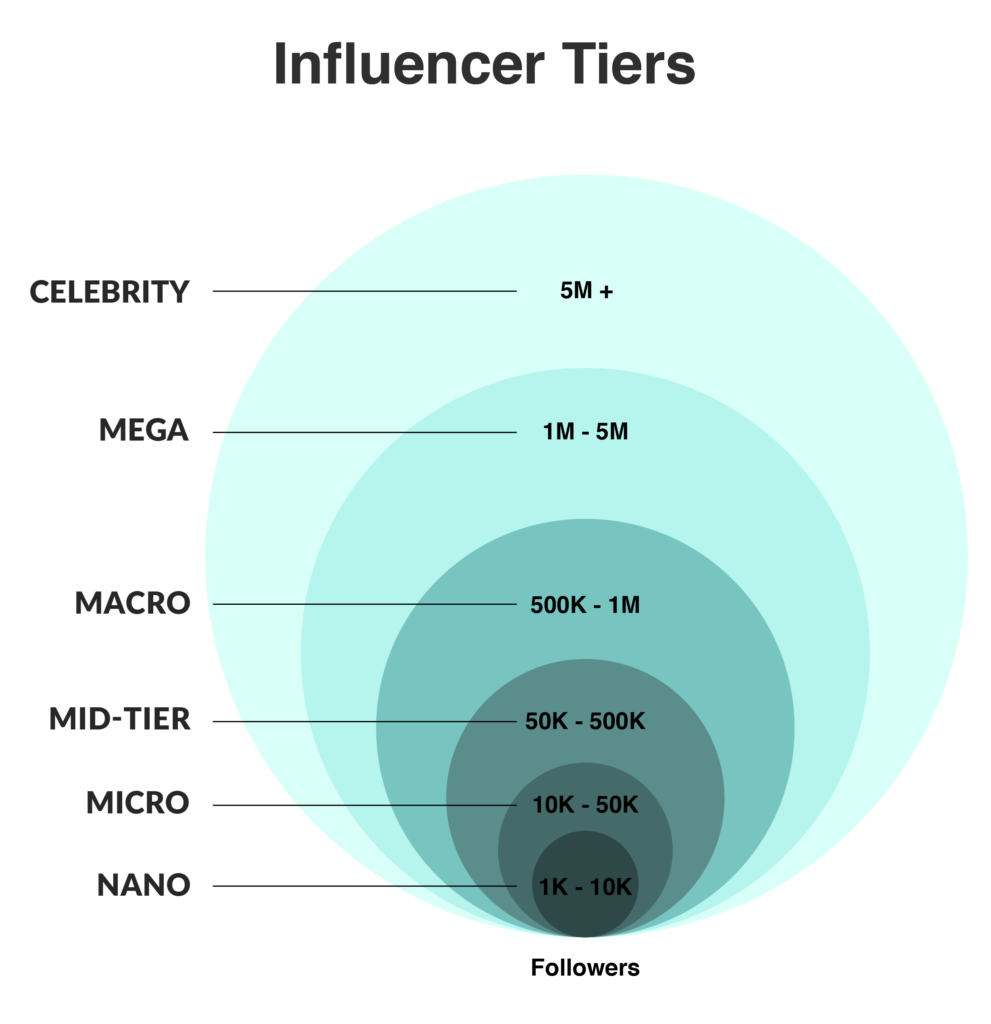
As depicted in the graphic above, the number of followers an influencer has determines their tier, and they move up the “sphere of influence” as their following grows larger. It goes without saying that it costs significantly less to pay a nano influencer than a mega or celebrity influencer. While the reach of an influencer tier macro is obviously much larger, a benefit to using a mid-tier influencer or below is that their post engagement tends to be much higher.
By using these categorization methods, marketers can more easily choose influencers that are a right fit for their brand, campaign or product.
Why You Should Look into Influencer Marketing
There is a reason so many marketers have turned to influencer marketing over the years. Partnering with the right person can do amazing things for a brand’s image and overall awareness. While far from revolutionary, influencer marketing in the modern digital world is more powerful than ever.
According to a recent study, businesses can earn up to $6.10 for every $1 spent on influencer marketing. In addition to this amazing return on investment, influencer marketing has been proven as a reliable source of purchasing information for the majority of consumers. Just under three-quarters, 74% to be exact, of shoppers turn to social media for a guide to purchasing decisions, the majority, 49% depend on the source as e-commerce continues to grow.
Influencer marketing is a particularly useful strategy when targeting the younger generation, who are more wise to traditional advertising (over half of Gen-Z’s use some form of ad block), and 60% of teens will follow the advice of celebrities and influencer figures.
Proven an effective marketing strategy since the 1600’s, implementing influencer marketing can take your next campaign to the next level. When used correctly, brands have seen huge success in partnering with influencers, what could it do for yours?